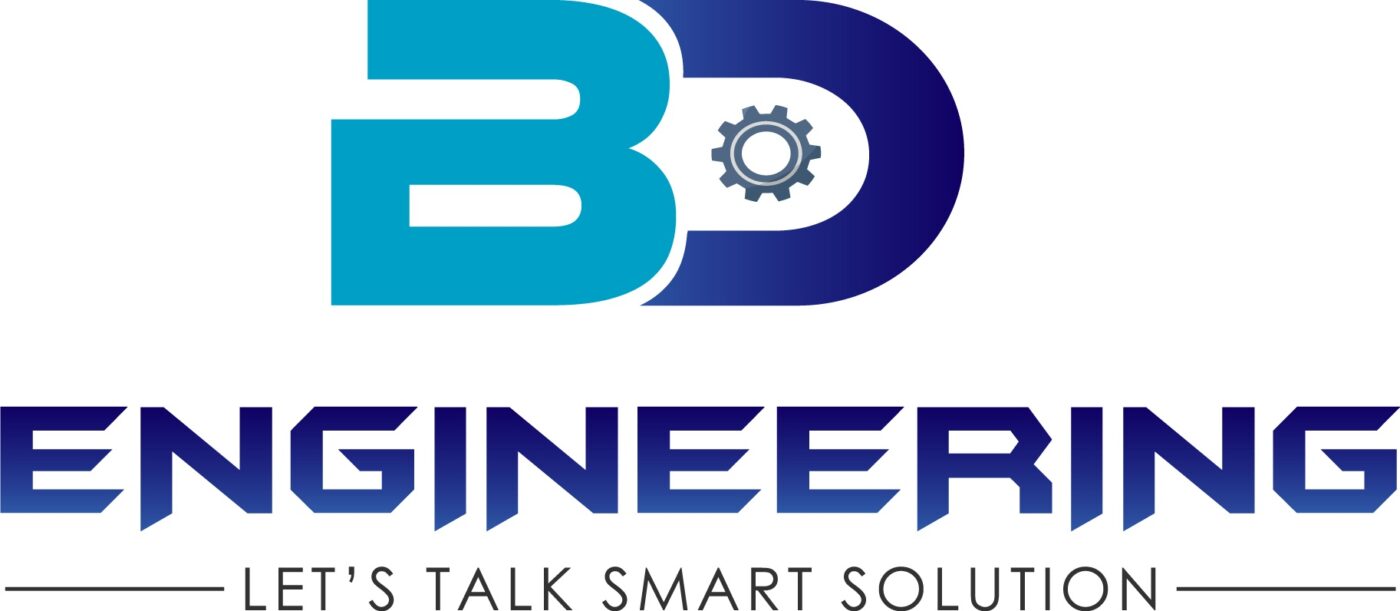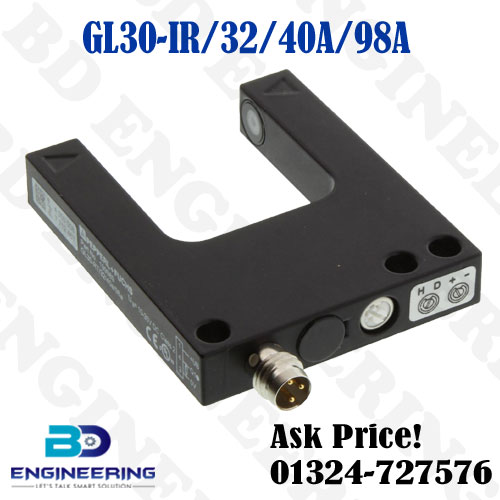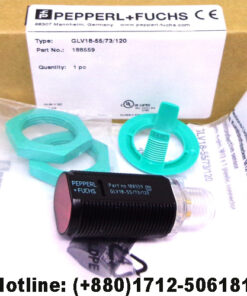Photoelectric P+E sensor GL30-IR/32/40a/98a modulated infrared light best price seller in Bangladesh. When it comes to operation, these new generation biases boast features similar to high resolution. The Photoelectric P+E sensor GL30-IR/32/40a/98a is a high-performance sensor that uses modulated infrared light to detect objects. Below is a detailed overview of its features, specifications, and typical applications:
Key Features:
- Modulated Infrared Light: Utilizes modulated infrared light to detect objects, reducing interference from ambient light.
- Robust Design: Built for industrial environments with a rugged housing that ensures durability and reliability.
- Long Sensing Range: Capable of detecting objects over a considerable distance, depending on the model configuration.
- High Precision: Provides accurate and reliable detection, suitable for precise control applications.
- Adjustable Sensitivity: Allows fine-tuning of sensitivity to accommodate different object sizes and materials.
- Output Options: Features configurable output options (e.g., NPN, PNP) for integration with various control systems.
Summery:
The Photoelectric P+E sensor GL30-IR/32/40a/98a is a reliable and versatile choice for various industrial automation applications, offering robust performance and easy integration into existing systems. Proper installation, configuration, and maintenance are key to achieving optimal results with this sensor.





